Nombre:
Base Naval de Norfolk
Otro:
Localización:
Ver mapa más grande
Tipo: Militares
Categoría: Bases Navales
Foto:
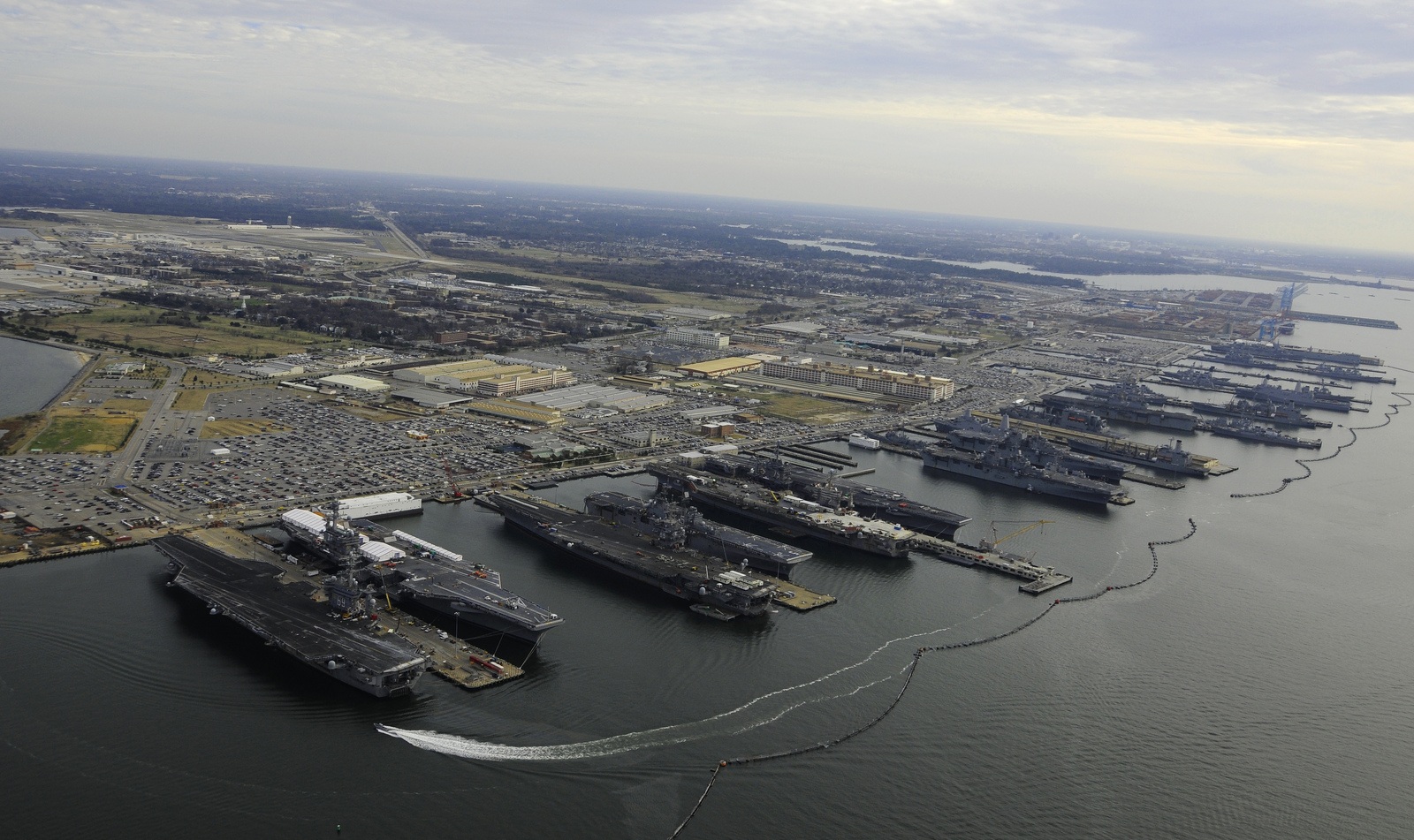
Voto:
Continente: Asia
País: Estados Unidos
Localización: Norfolk, Virginia
Año: 1917
Estado: Terminado
Descripción:Naval Station Norfolk (IATA: NGU, ICAO: KNGU, FAA LID: NGU), in Norfolk, Virginia, is a base of the United States Navy, supporting naval forces in the United States Fleet Forces Command,[2] those operating in the Atlantic Ocean, Mediterranean Sea, and Indian Ocean. NS Norfolk, also known as the Norfolk Naval Base, occupies about four miles (6 km) of waterfront space and seven miles (11 km) of pier and wharf space of the Hampton Roads peninsula known as Sewell's Point. It is the world's largest naval station, supporting 75 ships and 134 aircraft alongside 14 piers and 11 aircraft hangars, and houses the largest concentration of U.S. Navy forces.[3] Port Services controls more than 3,100 ships' movements annually as they arrive and depart their berths.
Air Operations conducts over 100,000 flight operations each year, an average of 275 flights per day or one every six minutes. Over 150,000 passengers and 264,000 tons of mail and cargo depart annually on Air Mobility Command (AMC) aircraft and other AMC-chartered flights from the airfield's AMC Terminal. It is the hub for Navy logistics going to the U.S. European Command and U.S. Central Command theaters of operations, as well as to the Caribbean areas under U.S. Southern Command.[4]
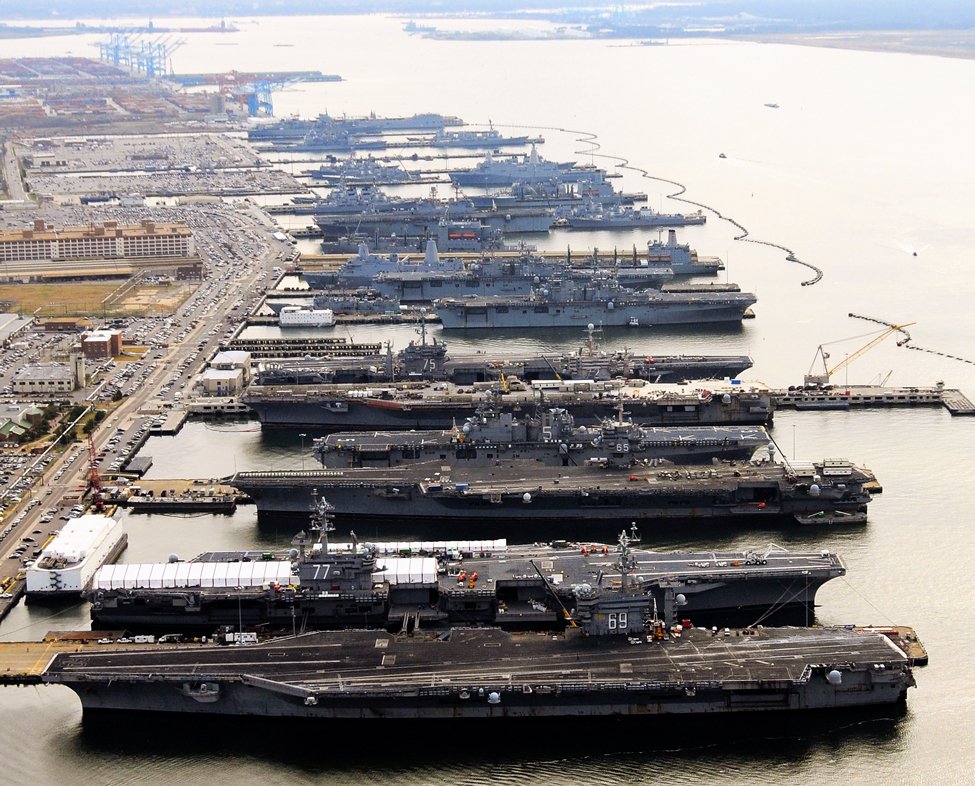
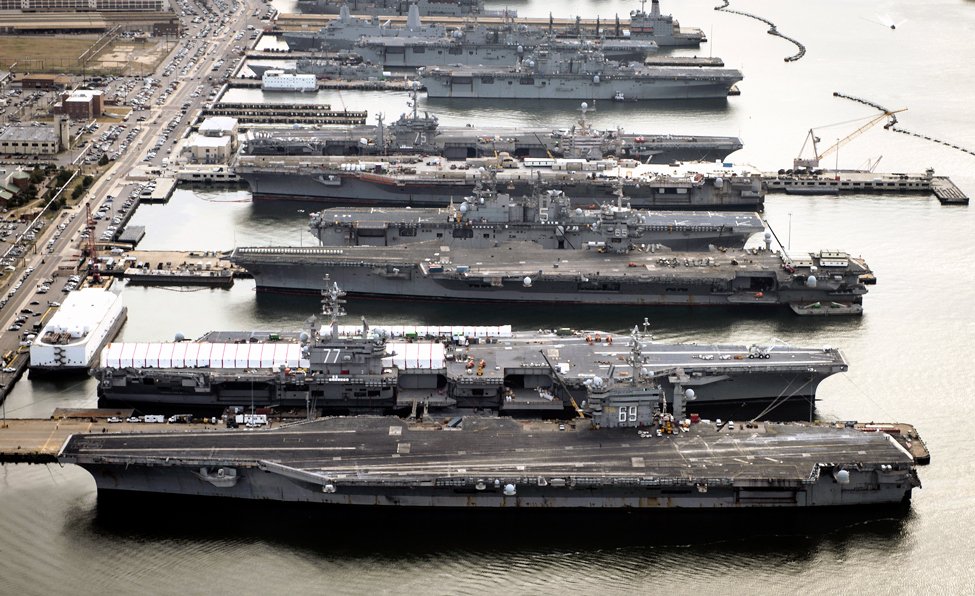
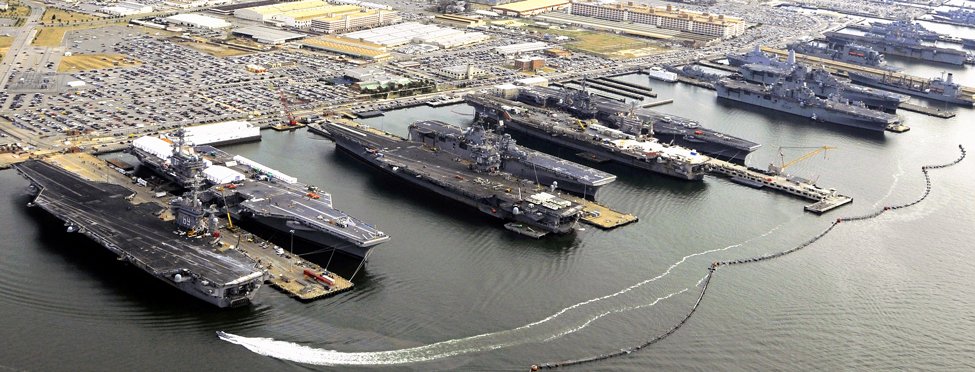

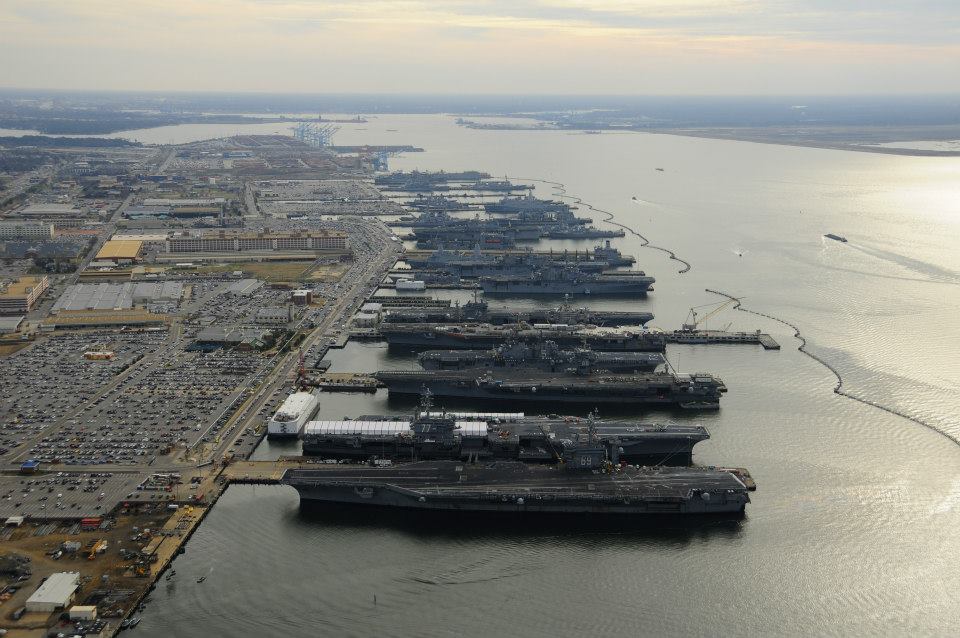
History
The land on which the naval station is located was originally the site of the 1907 Jamestown Exposition. During this exposition, high-ranking naval officers agreed that this site was ideal for a naval activity. A bill was passed in 1908 proposing that the U.S. Congress allow $1 million for the purchase of the property and buildings, but it died when the Assistant Secretary of the Navy was given a choice between this property and a new coal ship. He replied that a new ship was an absolute necessity. However, immediately after the United States entered World War I in April 1917, the Secretary of the Navy was persuaded to buy the property. A bill was passed for the purchase of 474 acres (1.9 km²); it set aside the sum of $1.2 million as payment for the property and an additional $1.6 million for the development of the base, including piers, aviation facilities, storehouses, facilities for fuel and oil storage, a recruit training station, a submarine base and recreation grounds for fleet personnel. Rear Admiral Dillingham was assigned the task of coordinating the area's development.
Construction of the training camp began on Independence Day 1917, and within the first 30 days housing for 7,500 men had been completed. The next six months saw the establishment of the 5th Naval District Headquarters and the Naval Operating Base, which included the Naval Training Center, Naval Air Station, Naval Hospital and Submarine Station. By Armistice Day 1918, there were 34,000 enlisted men at the base. When the available land became insufficient, a large part of the flats on the west and north were filled from dredging done to allow large ships to dock. During the fall and winter of 1917, approximately 8 million cubic yards (6,000,000 m³) of dredging took place.
***
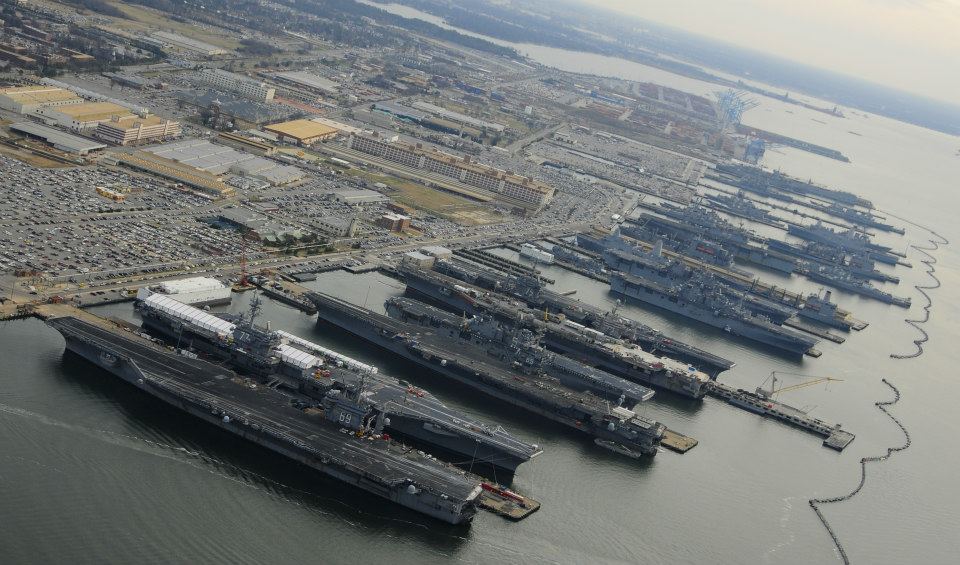
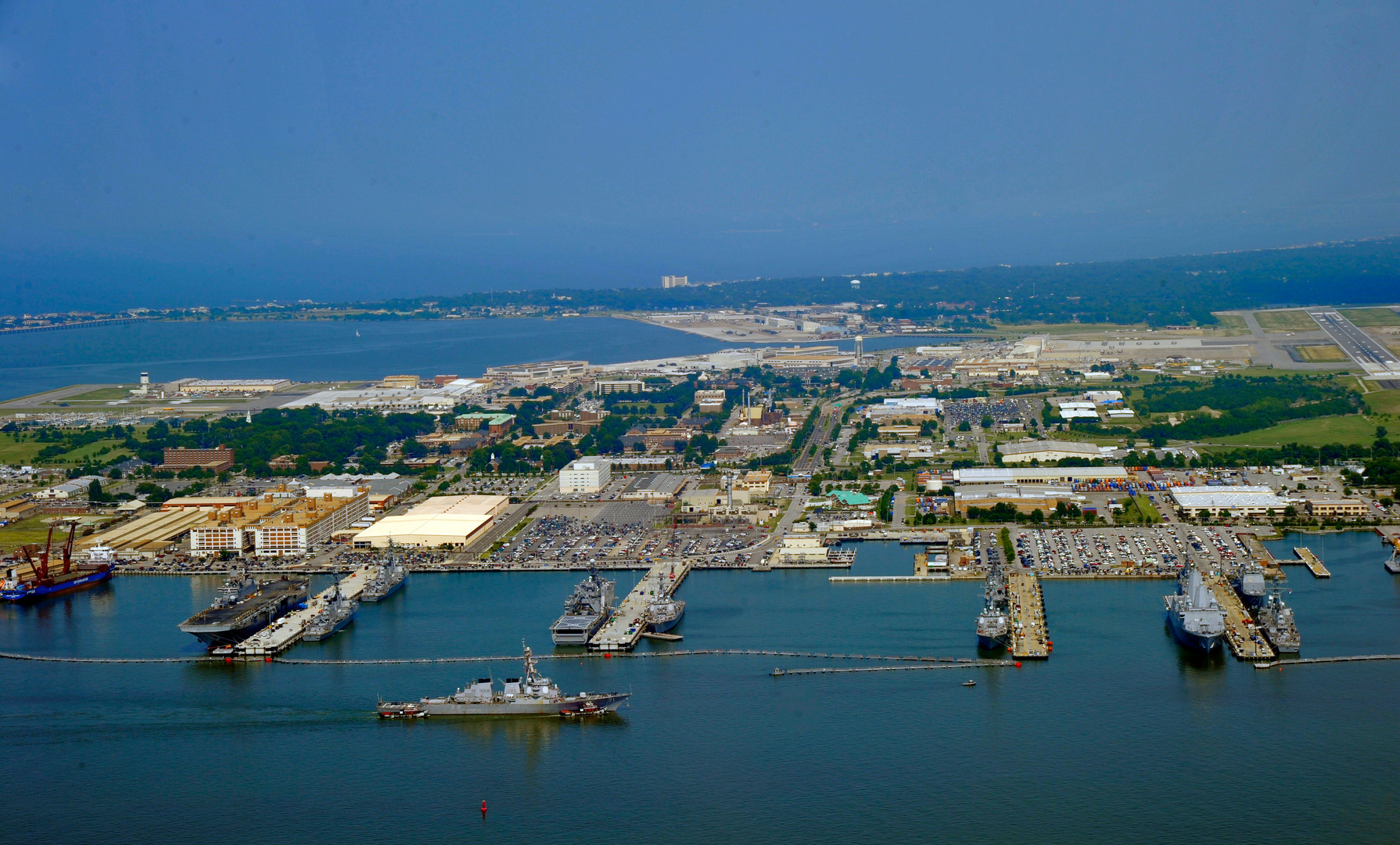
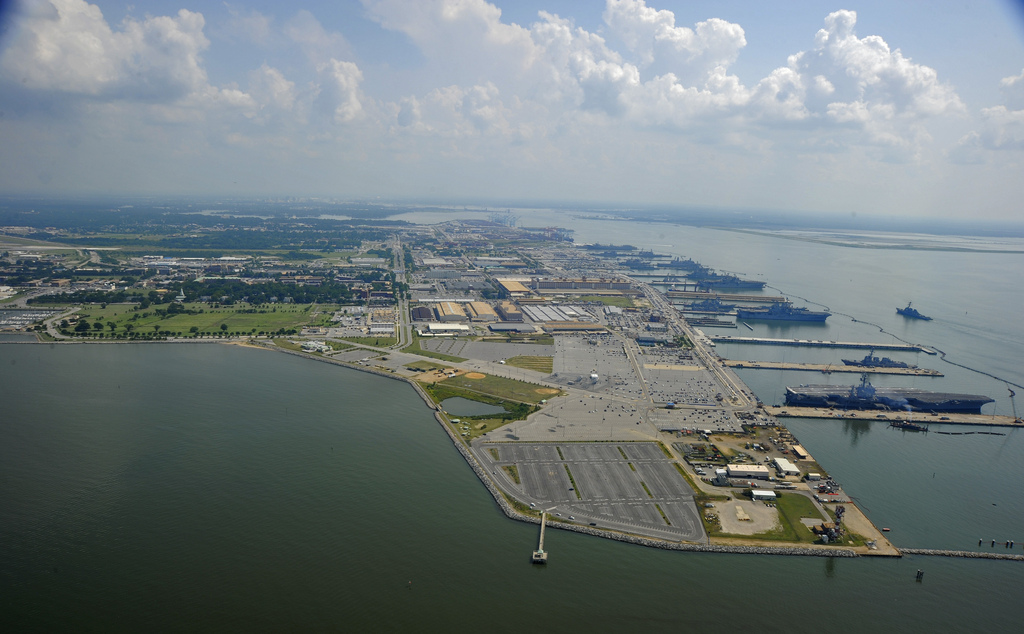

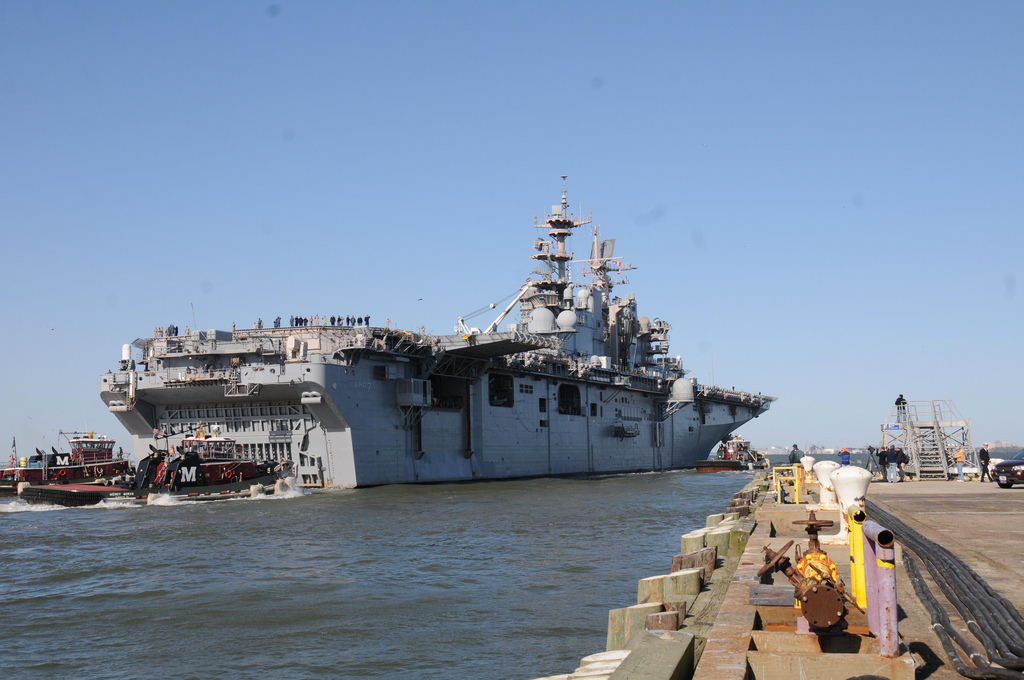
Post war
Postwar period developments underscored the capacity of the Naval Station to change. The station at first stored inactive aircraft carriers, other reserve vessels, and finally submarines and destroyers. Fire fighting and salvage control now became specialties. The Atlantic Fleet Command came ashore in 1948 and placed its headquarters with a staff of 165 officers and 315 enlisted in an abandoned hospital. At the same time, the station rendered service to military as well as scientific pursuits.
Known officially as Naval Operating Base until 31 December 1952, on January 1, 1953 the name of the installation was changed to Naval Station Norfolk.
After the Second World War, the air side of the station continued to operate at near peak levels as well. It served as operational headquarters for the Fleet Air Command, and with the emergence of NAS Oceana as a Master Jet Base in the late 1950s, the tandem formed the nucleus of the biggest air base on the East Coast. The airfield was renamed as Naval Air Station Norfolk (Chambers Field) and would remain so throughout the postwar period through the end of the Cold War. In 1967 it came under the control of Commander, Naval Air Force, Atlantic (COMNAVAIRLANT).
The Norfolk facility remained the chief supplier of aircraft parts and a major rework plant. Classified as "industrial", the station employed about 7,500 civilians in 1946. In one postwar year the Navy invested $36 million in the overhaul and repair plant alone. The average annual payroll in the last had of the 1950s came to nearly $45 million. By 1976, the air rework plant covered 174 acres (0.7 km²) and included 175 buildings. In the 1970s and 1980s its workers restored or repaired, among other craft, F-14 Tomcats, A-6 Intruders, and F-8 Crusaders. From June 1980 until June 1981, the air station handled over 135,478 aircraft operations, 29,832 tons of air cargo, and 132,000 passengers. In 1996, as part of the Congressional "Base Realignment and Closure" (BRAC) process this plant, known by this time as the Naval Aviation Depot Norfolk, closed its doors.
The air station, at one time, was host to more than 70 tenant commands, including several carrier groups, a carrier airborne early warning wing and associated squadrons, a helicopter sea control wing and associated squadrons, and various Naval Air Reserve units, primarily the wing headquarters for Reserve Patrol Wing Atlantic, the local headquarters for Naval Air Reserve Norfolk and Reserve E-2 Hawkeye, C-9 Skytrain II and various helicopter squadrons. A Marine Corps Reserve medium helicopter squadron with CH-46 Sea Knight aircraft was also assigned. In addition, the air station rendered support in photography, meteorology, and electronics to the fleet commands of the Hampton Roads naval community. Naval Air Station Norfolk also responded to national times of stress, such as Operation Sincere Welcome in 1994, when 2,000 civilian workers, dependents, and non-essential military personnel were evacuated to Norfolk from Guantanamo Bay Naval Base in Cuba. This influx of people was an instance of history repeating itself, as the station also welcomed evacuees during the Cuban Missile Crisis in 1962.
One other milestone in NAS's history occurred in 1968 when the station assumed a major role in putting a man on the moon. The air station became Recovery Control Center Atlantic, providing command, control and communications with all the ships and aircraft involved in the recovery operations of Apollo 7.
As part of the Navy's response to the post-Cold War drawdown of the 1990s, many new initiatives were implemented at Navy shore installations to reduce their operating cost, improve their efficiency, and better match their capacity to the reduced size of the Navy. In 1998, the Navy began a major realignment of shore command organizations and processes throughout Hampton Roads in a process known as "regionalization". One of the biggest steps and efficiencies in this process was the merger of separate Naval Station and Naval Air Station (which were directly adjacent to each other) into a single installation to be called Naval Station Norfolk. The former naval air station organizational structure became the Air Department of NAVSTA Norfolk while the actual airfield became known as Naval Station Norfolk (Chambers Field). This consolidation became official on February 5, 1999.
Naval Station Norfolk supports Defense Depot Norfolk Virginia (DDNV).
http://en.wikipedia.org/wiki/Naval_Station_Norfolk
http://es.wikipedia.org/wiki/Norfolk_(Virginia)
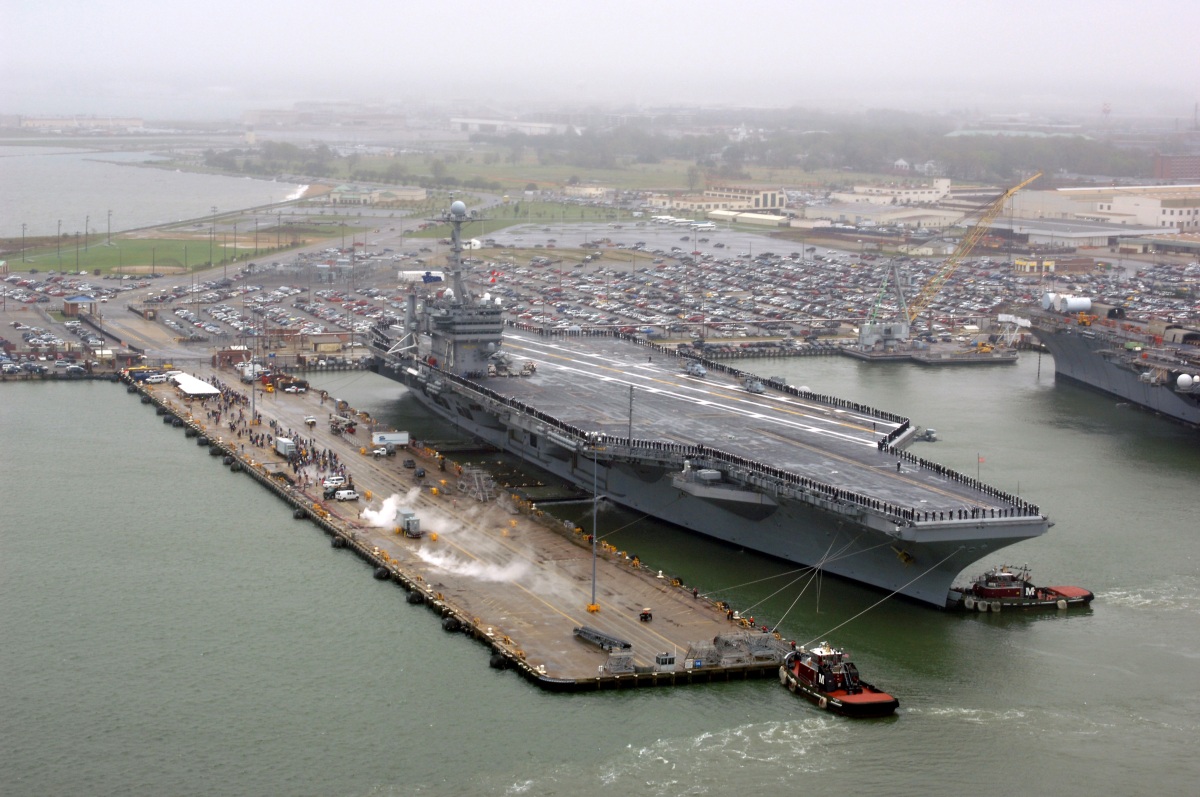
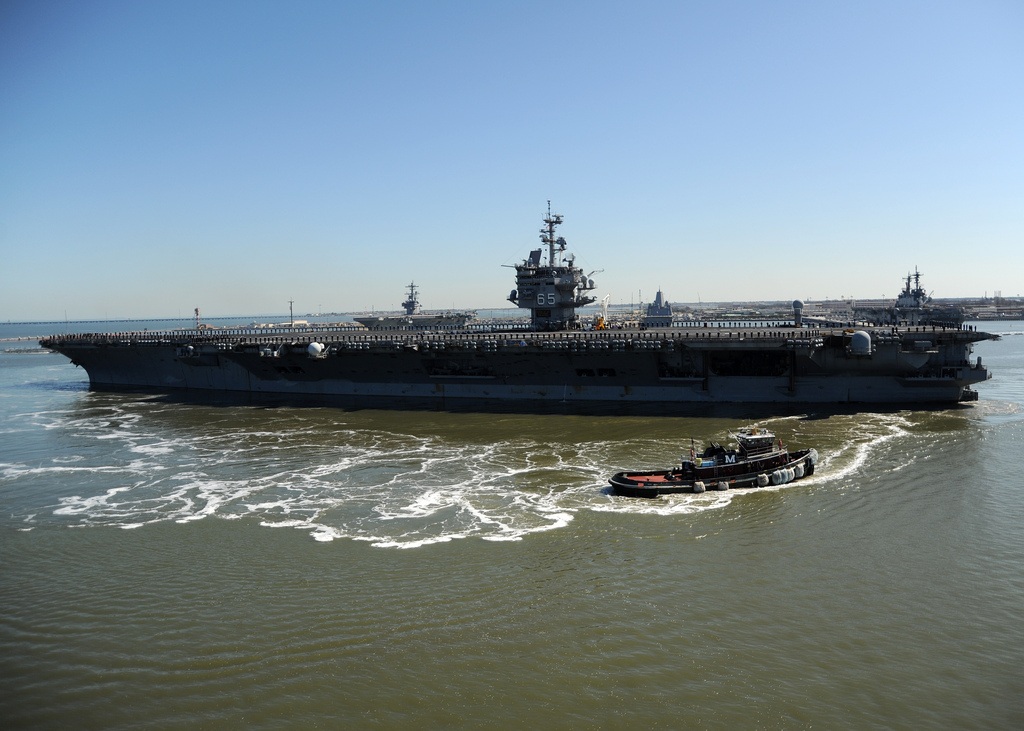
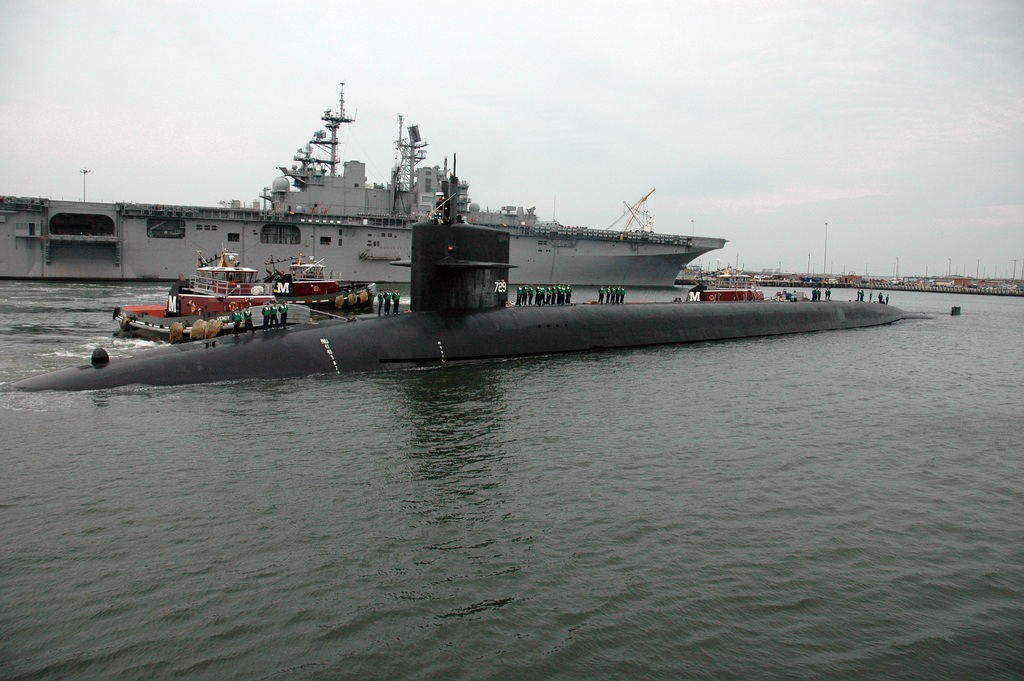
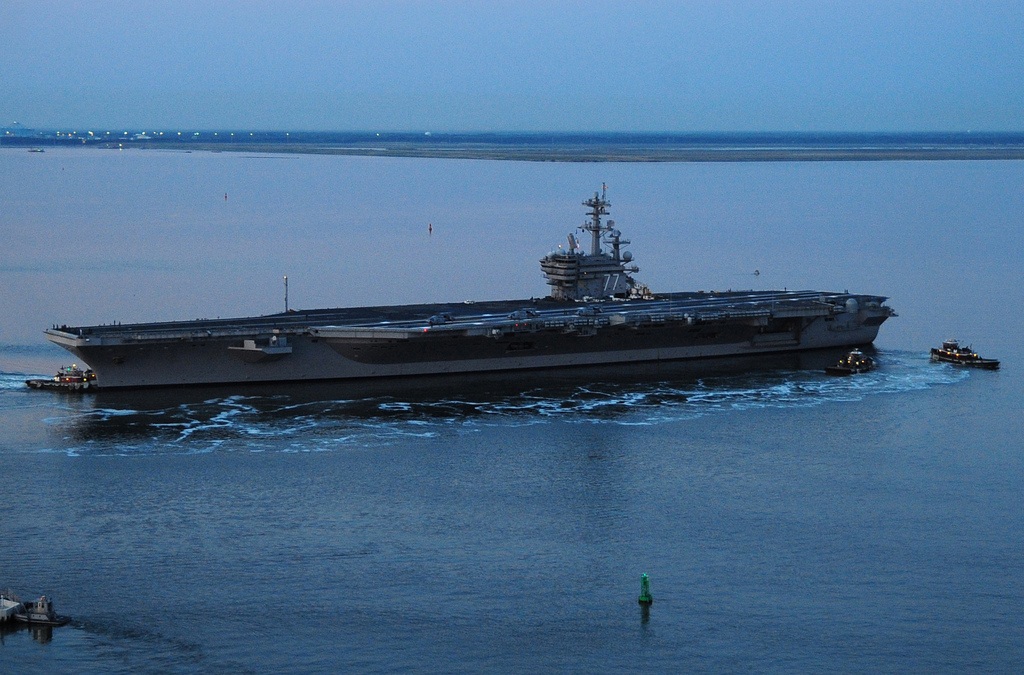
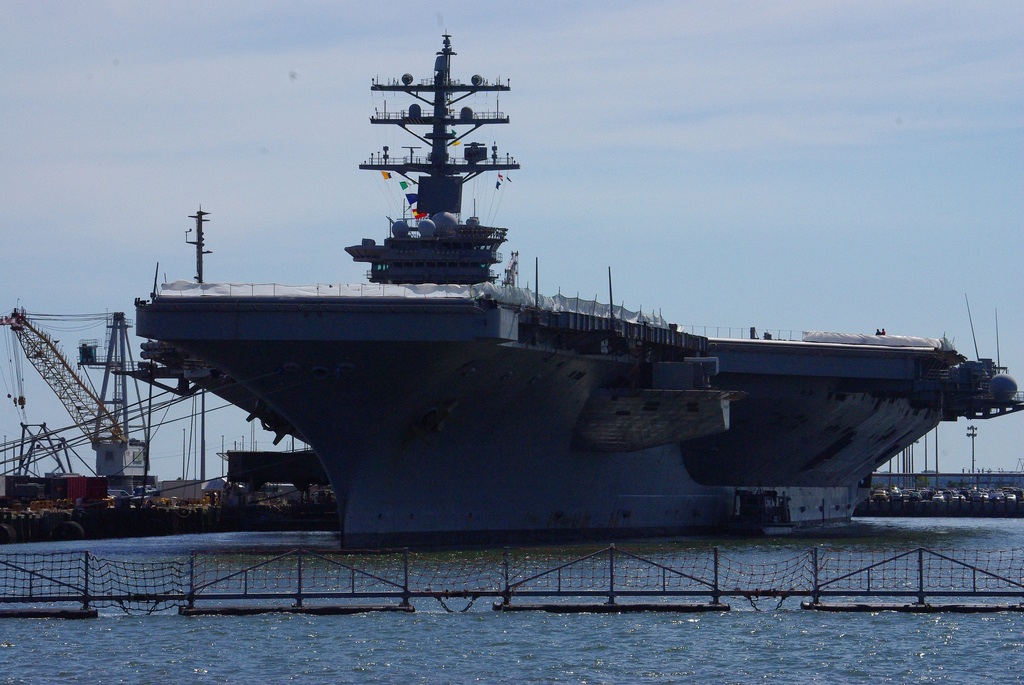
Aerial view of Naval Station Norfolk shows the U.S. has not learned much from Pearl Harbor December 20, 2012
Posted by David Cenciotti
The following pictures, just released by the U.S. Naval Air Forces Facebook page, are impressive for a lot of reasons.
First, they provide an impressive indirect “show of force”: there’s so much naval power (including USS Eisenhower just returned from its last deployment) docked at Naval Station Norfolk that it’s hard to believe Washington will ever be scared of the only Chinese aircraft carrier currently at sea.
Second, it seems to prove that the U.S. has not learned much from Pearl Harbor. Even if an attack on Norfolk would not be easy to conduct nor does not it seem a likely scenario, the impressive line-up of flattops in the most important American naval station raises the questions: is it better to concentrate or disperse?
I thought that Dec. 7, 1941, had showned that military targets have to be dispersed to be protected against (aerial, missile or terrorist) attacks.
But the stunning photographs taken at Norfolk most probably prove that dispersion is not a requirement of modern scenarios.
http://theaviationist.com/2012/12/20/naval-station-norfolk/#.URj1omerjYW
http://www.google-earth.es/foros.php?t=3059
http://www.freewebs.com/jeffhead/nsn/
http://www.popularmilitary.com/reference/norfolk-naval-station.htm
http://www.flickr.com/photos/usnavy/tags/norfolknavalstation/
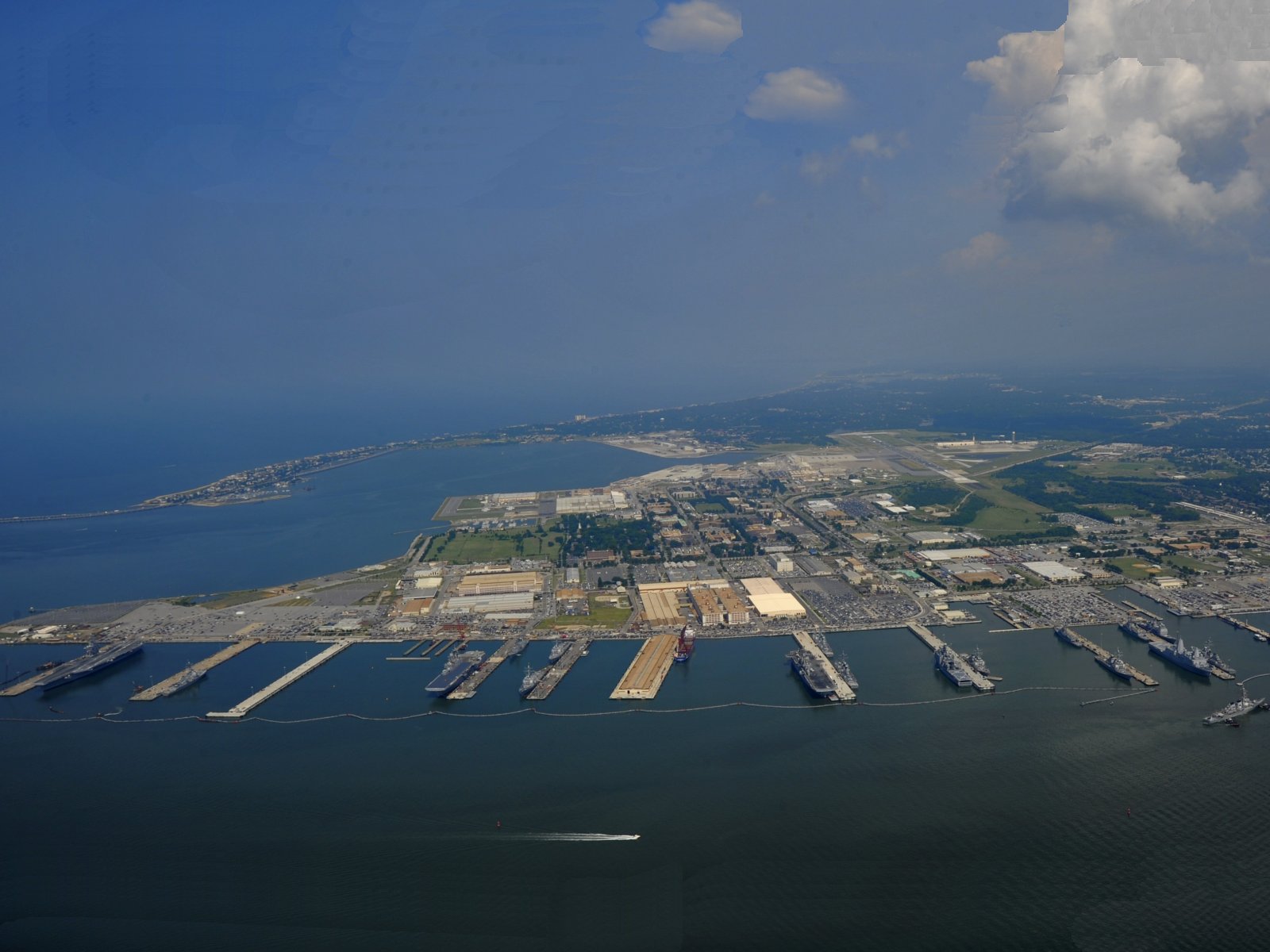
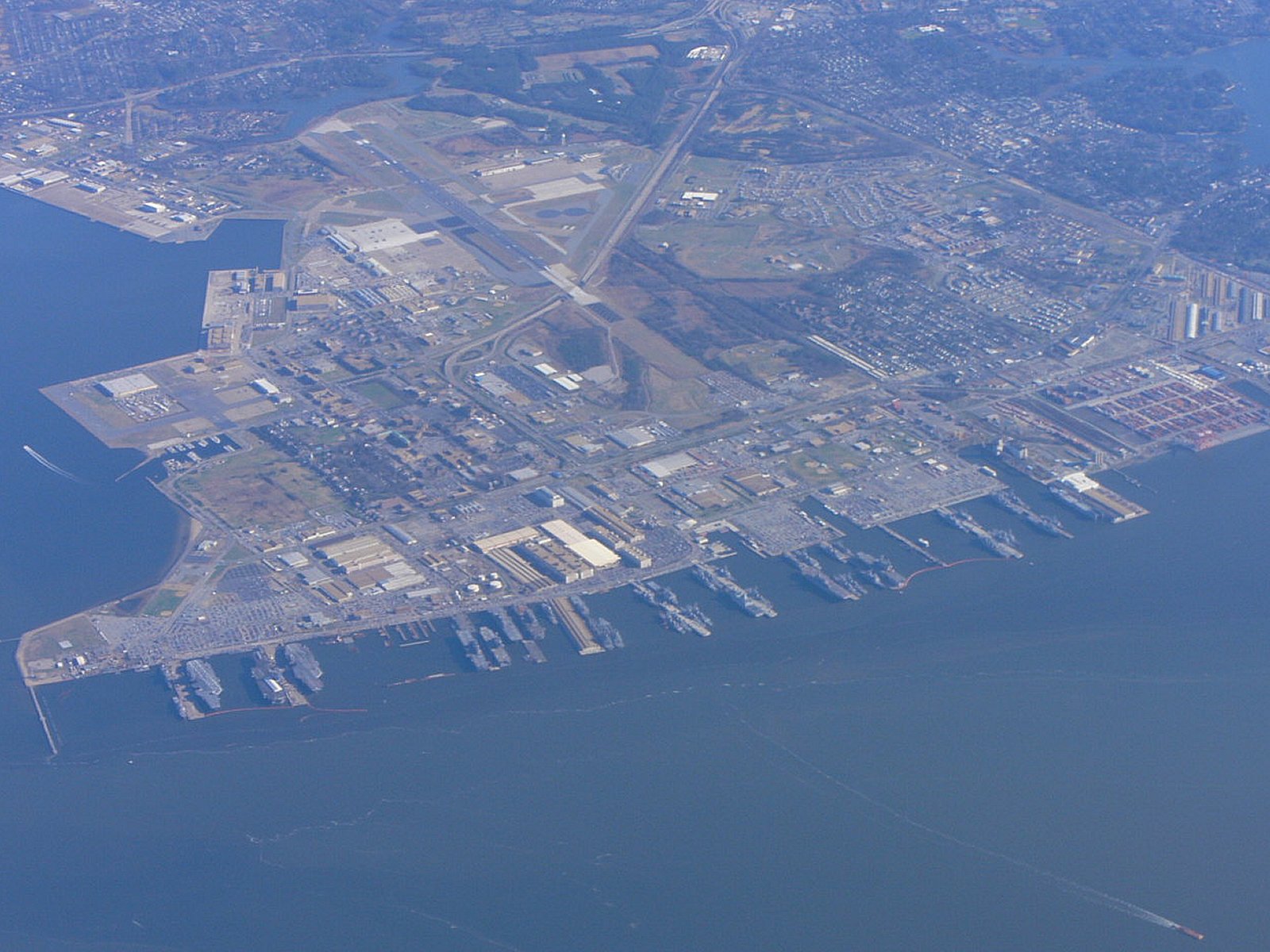
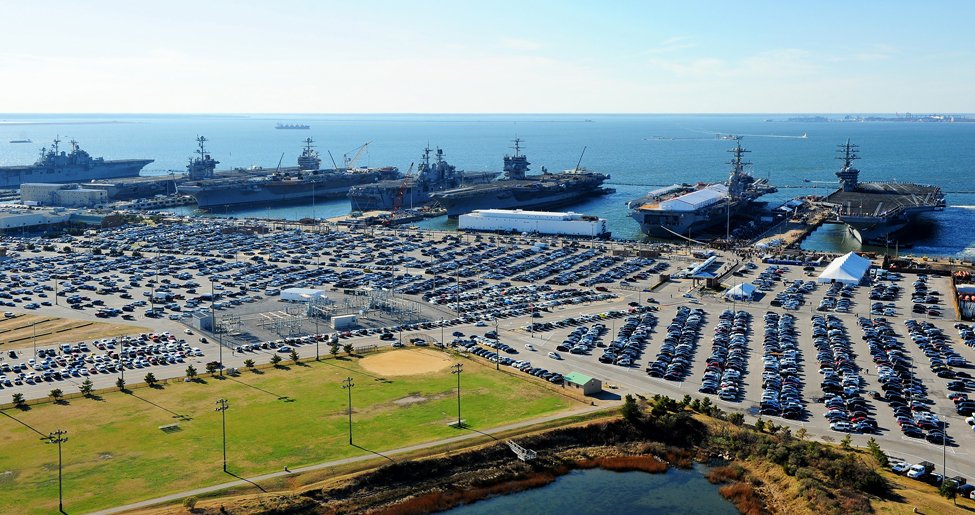
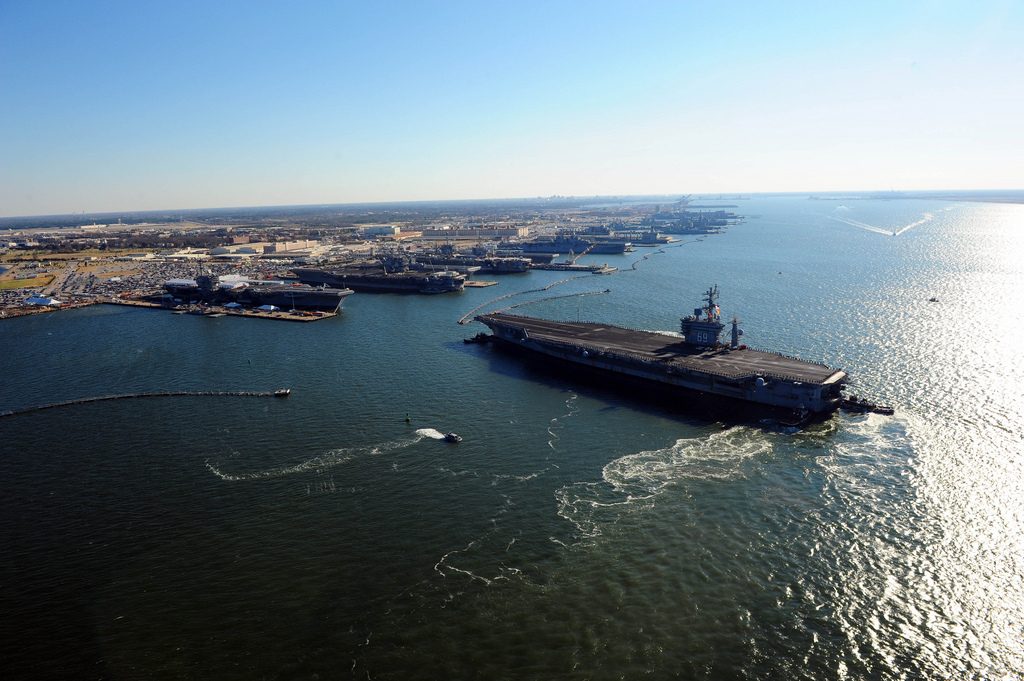
Vídeo:
Web recomendada: https://www.cnic.navy.mil/norfolksta/index.htm
Contador: 10234
Inserción: 2013-02-11 15:17:25
Lugares a visitar en un radio de 100 km (en línea recta)
Mapa de los lugares a 100 km (en línea recta)
Mostrando Registros desde el 1 hasta el 0 de un total de 0
Visitas |
Más visitados Basílica de San Marcos 154616 Catedral de Notre Dame (París) 143942 Torre de Pisa 131340 Monte Saint-Michel 100469 Presa de las Tres Gargantas 81243 |
Incorporaciones |
Comentarios hazola Cúpula de la Roca gracias me... gera Buenos Aires las mejores fotos de la mejor ciudad del... Daniel M. - BRASIL San Francisco ... PEQUE Presa Chicoasén SERA QUE ALGUIEN ME PUEDE DAR MAS INFORMACIÓN DE ESTE PROYECTO ESTUDIO EN LA UNACH Y ES PARA UN... Mery Huaca Pucllana Muy interesante, muy buena la información y... |
 Tweet
Tweet


